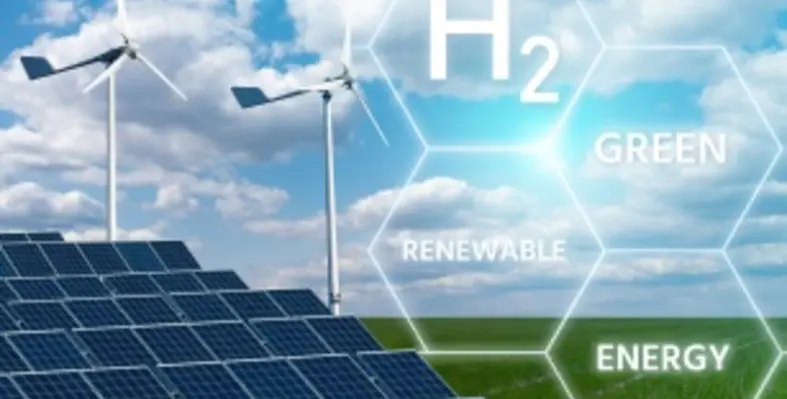Abu Dhabi National Energy Company (Taqa) and Emirates Steel have signed a memorandum of understanding (MoU) to develop a large-scale green hydrogen project to enable the production of the first green steel in the Middle East and North Africa (Mena)
The MoU was signed by Jasim Husain Thabet, Taqa?s group CEO and managing director, and Saeed Ghumran al-Remeithi, CEO of Emirates Steel.
Under the agreement, Taqa and Emirates Steel will consider using green hydrogen to reduce carbon emissions in steel manufacturing and creating a sustainable clean manufacturing process.
The MoU also lays the groundwork for the project to be expanded to meet the anticipated growth in the demand for low carbon steel.
"Taqa is setting out to become a recognised champion of low carbon power and water, and this partnership with Emirates Steel leverages our combined expertise to lower the overall cost of production as well as reducing carbon emissions,? Thabet commented following the MoU signing.
"Finding commercially viable industrial-scale solutions like this is key to unlocking the potential of green hydrogen as an emerging clean energy source. Taqa is uniquely well-placed in this region to combine our world-leading solar PV, water and energy know-how to unlock opportunities that work for our stakeholders."
?The production of green steel through a sustainable and clean manufacturing process based on green hydrogen supports Emirates Steel's efforts to preserve the environment and its natural resources. This project will be added to our track record of sustainable achievements, including our carbon capturing project in partnership with the Al Reyadah Carbon Capture, Utilisation and Storage Facility," said Al-Remeithi
In July, Taqa announced it had signed an agreement with Abu Dhabi Ports (ADP) to work on plans for an industrial-scale green hydrogen-to-ammonia export project in the emirate, which would be powered by a 2GW photovoltaic (PV) solar power plant.
The scheme is part of Abu Dhabi?s ambitions to become a major global hub in the impending green hydrogen boom.
The green hydrogen would produced be by an electrolyser facility paired with the 2GW PV solar plant. The produced green hydrogen would be converted in liquid ammonia to supply ships converted to use ammonia as a bunker fuel and also as an export from Abu Dhabi Ports via specialised gas carriers. Ammonia, which is easier to transport than pure hydrogen, has a number of industrial uses and can also be converted back into hydrogen.





